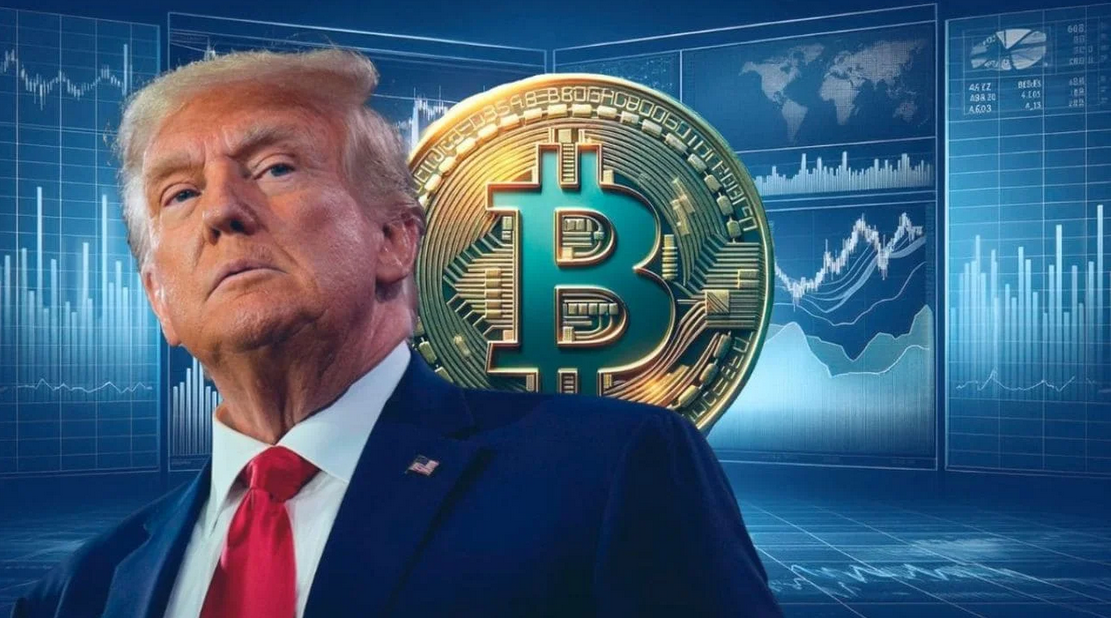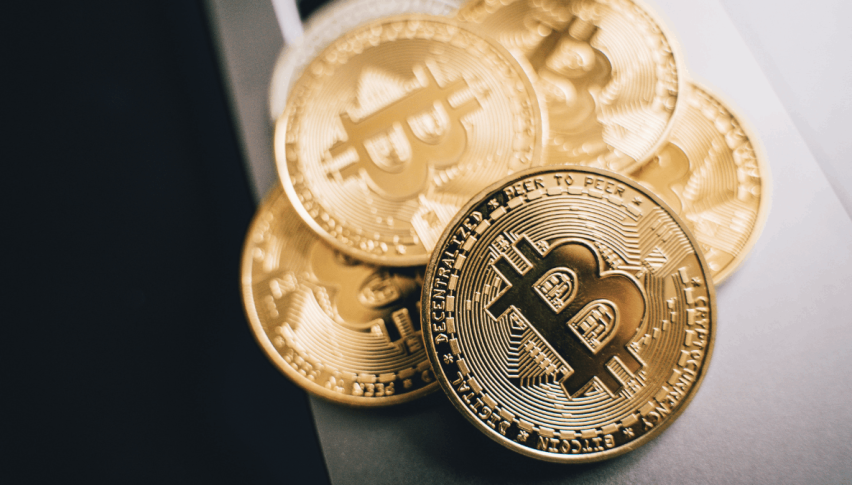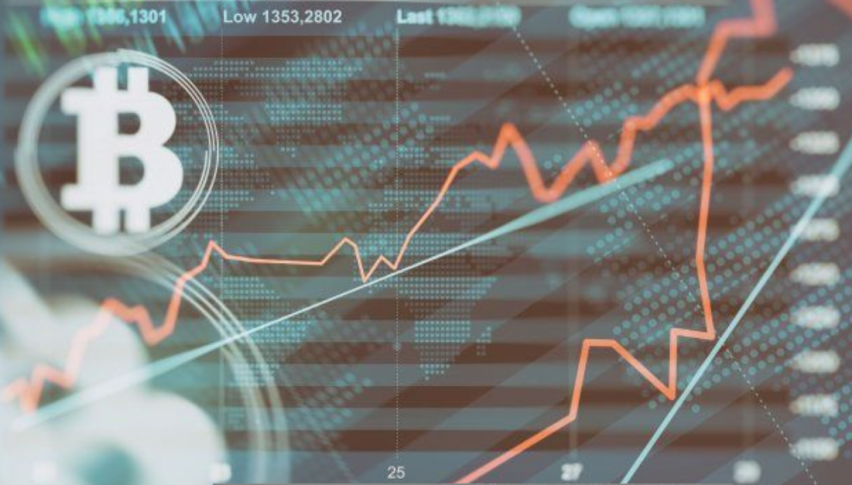Bitcoin Rises, Strengthening Its Narrative as ‘Digital Gold’
Bitcoin hit its highest point of $109,500 on January 20, just hours before Trump’s inauguration. Since then, Bitcoin has fallen 12%.

Quick overview
- Bitcoin has surpassed the $95,000 mark, trading at $97,253.90 with a 0.8% increase in the last 24 hours.
- The rise in Bitcoin's value is attributed to weaker U.S. labor data and expectations of interest rate cuts by the Federal Reserve.
- Institutional interest in Bitcoin is growing, with ETFs accumulating over $4 billion in the past ten days, reinforcing its status as a 'digital gold.'
- The appointment of Paul Atkins as the new SEC chairman is seen as a positive development for the cryptocurrency sector.
Live BTC/USD Chart
After breaking the $95,000 barrier this Monday, Bitcoin was trading at $97,253.90 at 10 AM today, marking a 0.8% increase in the past 24 hours.

Additionally, it has gained 2.94% since last week. By 2:40 PM, the cryptocurrency reached $97,604.80.
Other cryptocurrencies saw modest gains this morning: Ethereum (0.10%), Solana (0.11%), XRP (0.28%), and BNB (0.18%).
Bitcoin’s rise above $97,000 was fueled by weaker-than-expected U.S. labor data and renewed expectations of interest rate cuts by the Federal Reserve.
In a backdrop of global volatility and trade tensions, investors are once again turning to Bitcoin as a “strategic hedge.”
In fact, Bitcoin ETFs have accumulated over $4 billion in the past ten days, reflecting a significant institutional inflow. Bitcoin is gradually solidifying its profile as “digital gold.”
Underlying Reasons of Bitcoin Bullish Trend
Factors driving this trend include its programmed scarcity, resistance to censorship, and growing institutional adoption. Long-term, Bitcoin is increasingly seen as a store of value, particularly in contexts of high inflation, currency devaluation, or mistrust in fiat currencies.
More and more investors view it not just as a risky asset but as a hedge against expansive monetary policies and crises of confidence in the traditional financial system.
Regarding the cryptocurrency’s future, beyond short-term movements, Bitcoin has a structural growth trend driven by its design: a limited supply and potentially growing demand as more people and businesses seek alternatives to preserve value. In the short term, macroeconomic uncertainty often triggers a risk-off response, with investors retreating while they wait for clarity on economic growth, policy decisions, and global trade developments.
The Importance of Paul Atkins
The recent price increases in Bitcoin come in a favorable context for the sector, particularly with the appointment of Paul Atkins—known for his pro-crypto stance—as the new chairman of the Securities and Exchange Commission (SEC).
“I am honored by the trust President Trump and the Senate have placed in me to lead the SEC. Together, we will work to ensure that the United States remains the best and safest place in the world to invest and do business,” Atkins said last week.
Bitcoin hit its highest point of $109,500 on January 20, just hours before Trump’s inauguration. At the time, there were expectations of pro-crypto measures being announced, but Trump focused his speech on other economic issues. This caused a stir in the industry, and the cryptocurrency’s value fell to $103,000. Since then, Bitcoin has traded below the psychological $100,000 mark.
- Check out our free forex signals
- Follow the top economic events on FX Leaders economic calendar
- Trade better, discover more Forex Trading Strategies
- Open a FREE Trading Account



